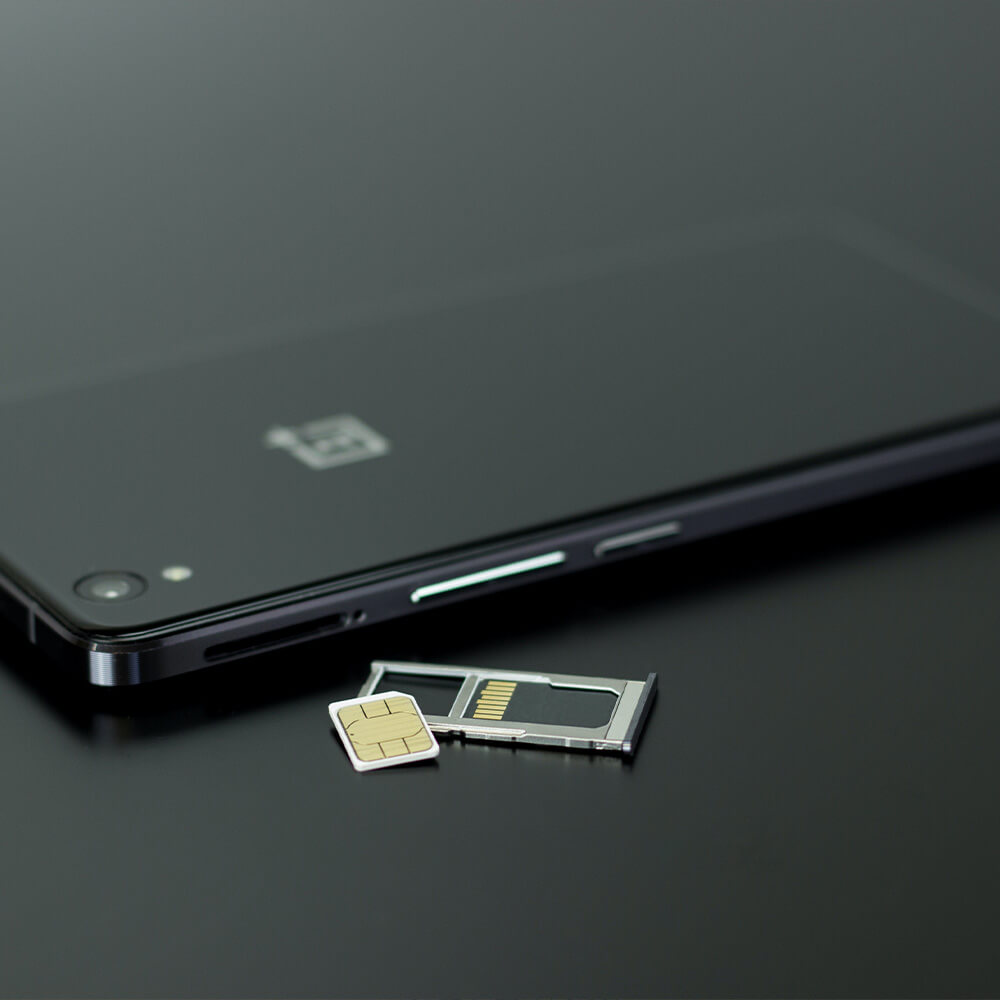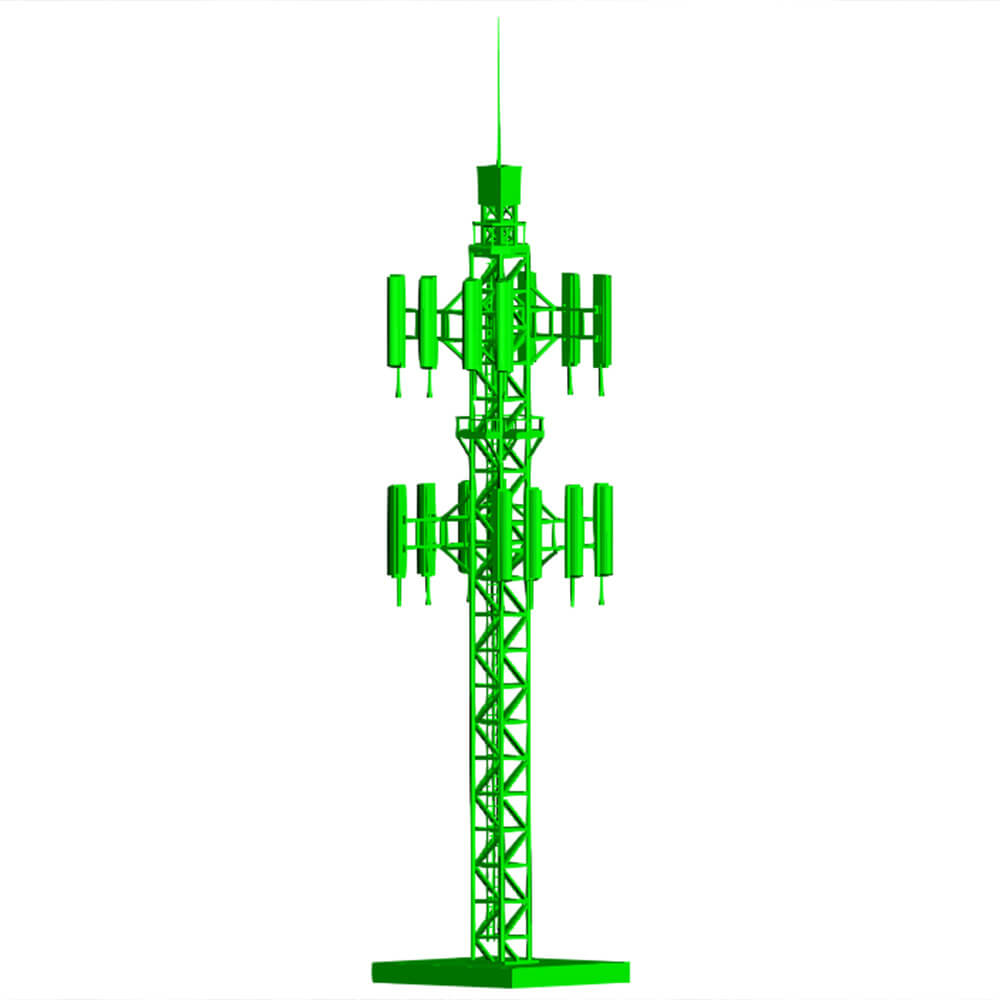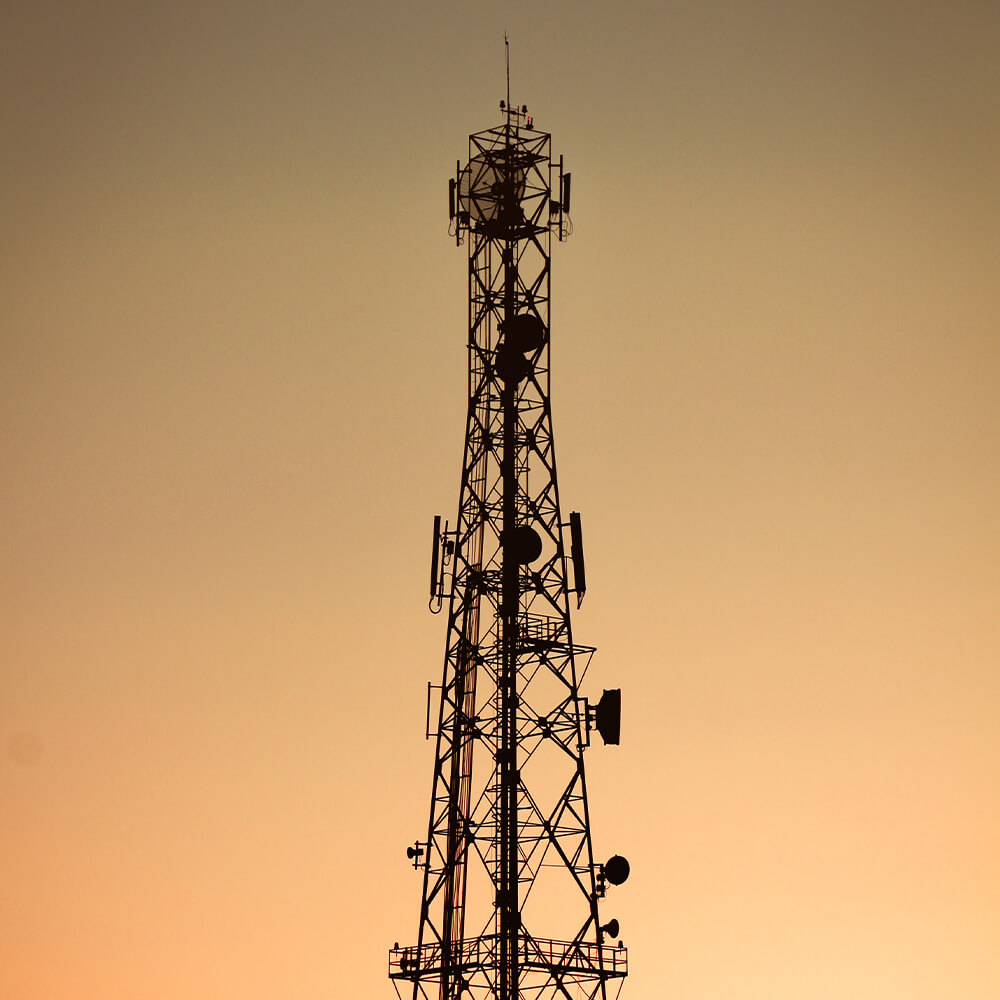Telecom Industry
Is 3D Printing Used in the Telecom Industry?
The telecom industry has been at the forefront of innovation and technological advancement for decades. From the invention of the telephone to the rise of the internet and wireless communication, the industry has continuously pushed the boundaries of what is possible. One of the latest technologies that have been adopted by the industry is 3D printing.
So, is 3D printing used in the telecom industry? The answer is yes. 3D printing has been adopted by telecom companies for a variety of applications, from prototyping to producing end-use parts.


One of the most significant ways in which 3D printing is used in the telecom industry is for prototyping. With 3D printing, engineers can quickly and easily create prototypes of new products and designs. This allows them to test and refine their ideas more efficiently, reducing the time and cost involved in the product development process.
In addition to prototyping, 3D printing is also used for producing end-use parts in the telecom industry. This is especially true for small parts that are complex to manufacture using traditional manufacturing methods. With 3D printing, telecom companies can produce these parts on demand, reducing inventory costs and lead times.
One example of 3D printing being used for end-use parts in the telecom industry is the production of antenna brackets. Antenna brackets are critical components that hold antennas in place on towers and other structures. These brackets need to be sturdy and precise, as they are often subject to high winds and other environmental factors. 3D printing allows telecom companies to produce antenna brackets that are both strong and lightweight, with complex shapes that are difficult to achieve using traditional manufacturing methods.
Another way in which 3D printing is used in the telecom industry is for creating customized products. With 3D printing, telecom companies can create products that are tailored to the specific needs of individual customers. For example, a telecom company might create a custom antenna or antenna mount for a customer with unique requirements that cannot be met with off-the-shelf products.


3D printing is also being used in the telecom industry for creating tools and fixtures. These tools and fixtures are used in the production process to hold components in place or to perform other tasks that are difficult to accomplish manually. With 3D printing, telecom companies can quickly and easily create these tools and fixtures, reducing the time and cost involved in their production.
3D printing is being used in the telecom industry for a variety of applications, from prototyping to producing end-use parts and creating customized products. With the ability to create complex parts and products quickly and efficiently, 3D printing is transforming the way that telecom companies operate. As the technology continues to evolve, we can expect to see even more applications of 3D printing in the telecom industry in the future.

